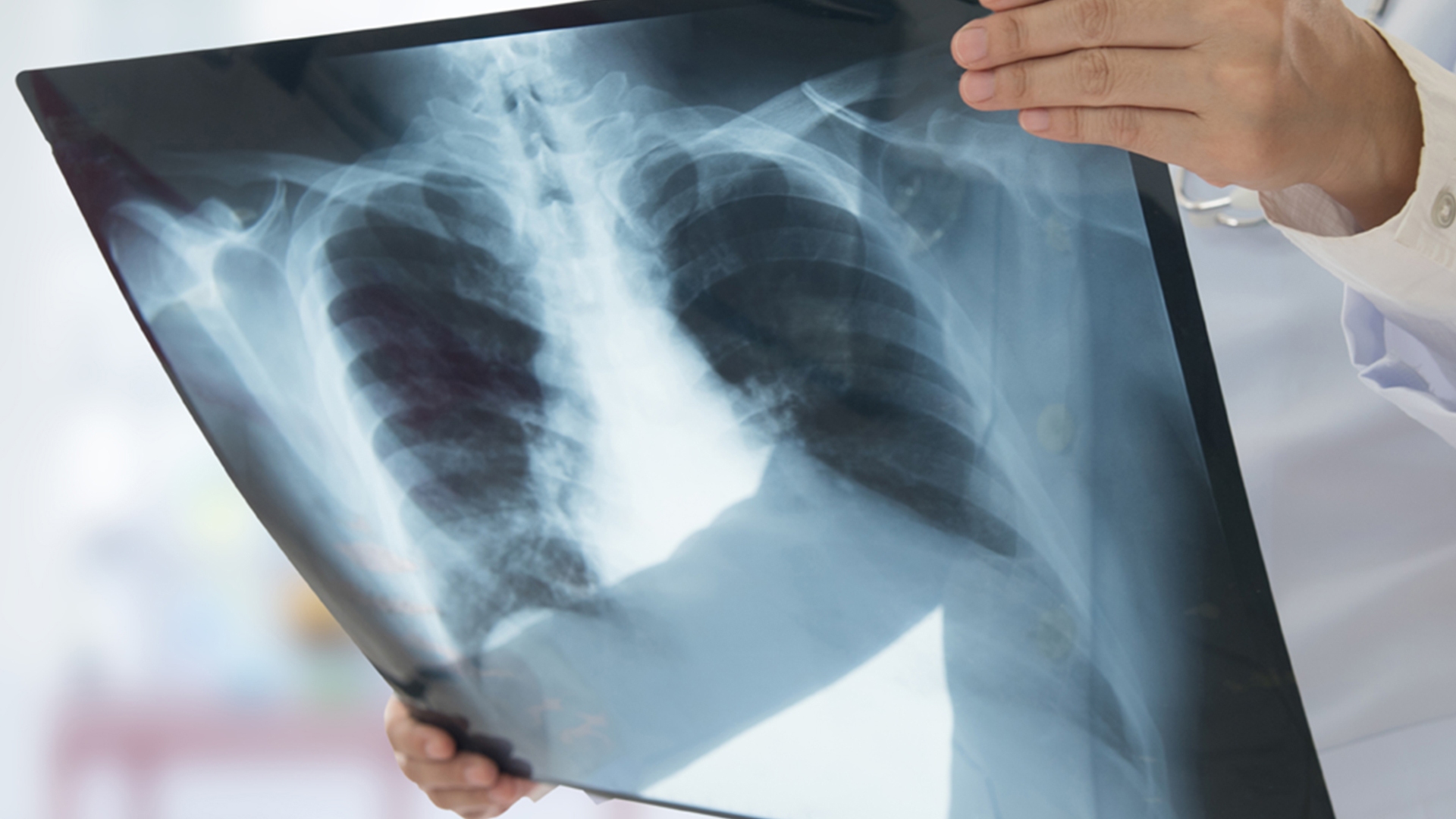COVID-19 Damages Blood Vessels In The Lungs: May 22, 2020 — A new autopsy study that investigated lung changes in response to COVID-19 down to the genetic and molecular levels has revealed startling new details about damage from the infection.
The small study which compared the lungs of seven patients who died of the flu, the lungs of seven patients who died of COVID-19, and tissue from people who died with healthy lungs confirmed two things research previously hinted at.
First, the spiky coronavirus that causes COVID-19 invades the lining of blood vessels, a tissue called the endothelium. Second, injury to the endothelium promotes blood clots and makes it so these vessels don’t work as well.
RELATED: Are Americans Unnecessarily Scared Of COVID-19
Doctors have reported that the blood of COVID-19 patients congeals easily, which makes it difficult to keep medical tubing open to deliver drugs and fluids. Blood clots in COVID-19 patients also seem to put them at higher risk for problems like heart attacks and strokes.
In fact, when viewed under a microscope, the lungs of COVID-19 patients were peppered with tiny dark micro clots. Patients who had died of the flu also had these clots, but they were 9 times as common in the patients who died of COVID-19.
In addition to the infection of the blood vessels and legions of tiny clots, researchers discovered a third phenomenon happening in the blood vessels of patients with COVID-19 that showed how severe their illnesses were.
The vessels blocked by these clots are thinner than the width of a human hair, and they are critical for gas exchange in the lung. With clots choking off the lungs’ blood supply, these tiny vessels seem to make a desperate move, splitting down the middle in an attempt to get blood to these compromised areas — a phenomenon called intussusceptive angiogenesis.
“What happens is that the blood vessel essentially drops sheet rock from ceiling to the floor. Now you’ve got a tunnel that actually splits into two,” says study author William Li, MD, president and medical director of the Angiogenesis Foundation.
“It’s an emergency way to do bypass somehow,” he says.
These partitions in blood vessels were about twice as common in bodies of COVID-19 patients as it was in patients who had died with the flu.
Li believes this splitting contributes to turbulent blood flow, and he wonders whether it might actually harm more than help. If the blood is clotting like crazy and flow is hindered even more by these emergency firewalls, “It could be that this is a three strikes and you’re out situation,” he says.
Senior study author Steven Mentzer, MD, a lung surgeon at Brigham & Women’s Hospital in Boston, says their findings help to explain why some people seem to have damage in their lungs that’s out of proportion to their early symptoms.
Doctors have noticed that some people with COVID-19 come to the hospital with very low oxygen but don’t seem to feel it, a phenomenon called “happy hypoxia.” The rapid decline of some patients has stunned doctors trying to save their lives.
Mentzer says the major damage from the virus doesn’t seem to be in the air sacs and walls of the lungs, but in the blood vessels.
“That’s something we really haven’t seen,” with other viruses, “though I’m not a virologist,” he says.
Experts who were not involved in the study praised its level of detail, but also cautioned about drawing too many conclusions about its findings.
Todd Bull, MD, a critical care specialist and pulmonologist at the University of Colorado Hospital in Aurora, notes that none of the COVID-19 patients were mechanically ventilated for their breathing problems while most of the flu patients were.
Mechanical ventilation can injure the lungs. That injury is beyond any damage that might be caused by an infection, and it can look a lot like viral pneumonia. The lungs of the flu patients were heavier than the lungs of the COVID-19 patients, suggesting that they had taken on more fluid.
Bull says it’s not clear whether the virus that causes COVID-19 is doing something different in the lungs than other viruses.
Still, Bull said the findings of the study should guide future research.
Researchers used an unusual tool to reveal the damage to blood vessels. They injected a material that formed a cast of the inside walls of the blood vessels and dissolved the outsides, so only the impression of the internal surfaces was left behind — a technique called corrosion casting.
In healthy blood vessels, these casts are smooth, forming lacy, open networks. The insides of the blood vessels of patients with COVID-19, on the other hand, appear gnarled, rough, and narrowed.
“While our study is a small study, the techniques that were used were super detailed in order to be able to dive down to the ultrastructural level, using electron micrographs,” Li says.
“Our study opens the door to the need for more research on blood vessels in COVID-19. It opens the door to new ways to protect patients from blood clotting to see if we can protect the endothelium in some way,” he says.
The researchers plan to continue to study vascular damage to other organs and parts of the body. They’re hoping to understand other symptoms that have been reported, including the frostbitten appearance of so-called COVID toes.
“Will COVID-19 leave in its wake a trail of damage in the circulation?” Li says “We don’t know that yet. It’s too soon to tell.”






